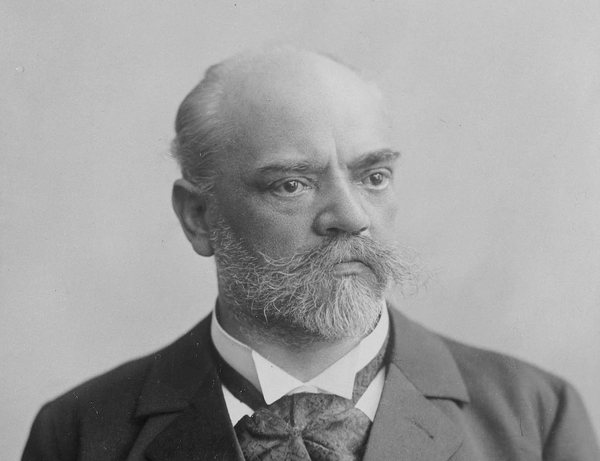BIZET’S EARLY MASTERPIECE – A CULTIVATED PEARL OF THE REPERTORY

Georges Bizet’s most famous work is the opera Carmen a contemporary tale of French verismo replete with on-stage cigarette- girls, Spanish dances, bull fights and on-stage stabbing. Its popularity has far out stripped that of its ten year’s previous story set in ancient times on the island of Sri Lanka “The Pearl Fishers”.
The opera premiered on 30th September 1863 when Bizet was barely 25 years old. It is an opera in three acts to a libretto by Eugene Cormon and Michel Carre.
Although it received 18 performances in its initial run and public reception was favourable, critical approval was slower in arrival. However since the last 50 years it is regularly seen on stages across the world. It is understandably popular specially when sung as well as this.
The story tells of how two men vow eternal friendship threatened by their love for the same woman, whose own dilemma is the conflict between secular love and her secret oath has a priestess.

The opera opens in a desolate sea shore with the ruins of a Hindu temple in the back ground. A chorus of pearl fishermen sing of the dangerous tasks ahead and perform ritual dances to drive away evil spirits. The music is redolent of high romantic French orientalism with much hand held percussion punctuating the sinuous vocal line. They then elect Zurga as the leader (baritone Plácido Domingo). Nadir enters and is hailed by Zurga has a long- lost friend as they reminisce about their past in the city of Kandy where their friendship was nearly destroyed by their mutual love of a young priestess they have glimpsed briefly. They had each renounced their love and sworn to remain true to each other. They sing affirming once again that they will be faithful until death.

The instantly recognised “friendship” duet (“Au fond du temple saint”) in which the young Mexican tenor Javier Camarena joined Domingo with great beauty of tone and ravishing head voice. A boat draws up on the beach with the veiled Leila, the virgin priestess whose prayers are required to ensure the safety of the fishermen. Although Nadir and Zurga do not recognise her she remembers Nadir from her days in Kandy. Zurga leaves for the sea while Nadir reminiscing of his loved one fall asleep (“Je crois entendre encore”). Alone in the temple Leila sings and prays awakening Nadir. He recognises her voice and they declare their renewed passion (“O Dieu Brahma”).

The young Tartarian soprano sang this aria with controlled high notes and spotless coloratura. Aida Garifullina has a voice reminiscent of the young Katia Ricciarelli which is high praise indeed. She also has the requisite technical prowess for this demanding role and looked marvellous in a resplendent gown.

Act II commences with the high priest Nourabad exhorting the fearful Leïla to fulfil her vows to Brahma. She tells of her courage in helping the fugitive Zurga from his enemies. He gave her a necklace to wear always. Nadir enters and they sing a passionate duet declaring their love but is captured by the fishermen. Zurga recognises Leila as his lover who had saved him many years ago and in his jealousy orders both Nadir and Leila be put to death.
As the funeral pyre is readied Zurga confesses his love for Leïla but refuses mercy. Zurga catches Leila giving her necklace to one of the fishermen asking for its return to her mother and seizes the necklace for himself. As dawn breaks Nadir and Leila resignedly wait beside the funeral pyre. Suddenly a blaze of fire envelopes the village and the fishermen rush away to save their homes. Zurga recognises Leila as the girl who saved his life and returns her the necklace allowing the two lovers to flee. Nourabad witnesses this denouncing Zurga to the fishermen one of whom stabs Zurga to death as the last notes of Leila and Nadir’s farewell song sound.

Conductor Riccardo Minasi led the orchestra of the Mozarteum in this the second and last concert staging of the opera. The chorus of the Vienna Philharmonic sang exquisitely. All four members of the cast were in top form. Camarena, darling of Met audiences, is probably second to none in this demanding French tenor role. Garifullina has a big career ahead as long as she doesn’t push her voice to heavy lyric soprano roles. And what can one say about the ageless Plácido Domingo. His voice seemed perfect for this high baritone part. In the end this proved to be the best sung opera of the three I witnessed and the audience erupted responding to its obvious success. Bravos all round!





